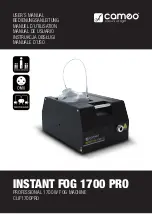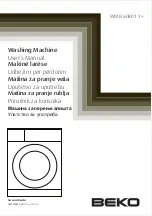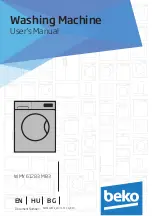Summary of Contents for K121A
Page 2: ......
Page 7: ...Machine Introduction ...
Page 11: ...Machine Setup ...
Page 25: ...Sewing Basics ...
Page 33: ...Utility Stitches ...
Page 52: ...Maintenance and Trouble shooting ...
Page 58: ......
Page 59: ......















































